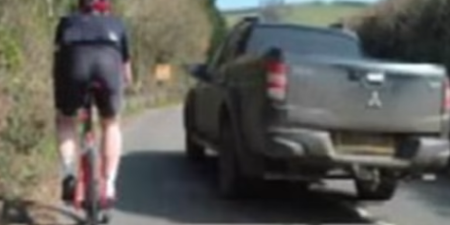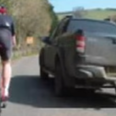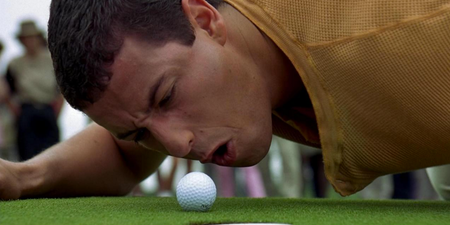All cyclists encounter punctures, loose chains and other malfunctions, so we thought we’d provide you with the means and ways of repairing such occurrences, with thanks to An Post Cycling.
The An Post Cycle Series is now well under way. Over the summer, a total of five cycles will be held around the country, with the focus on getting people of all ages out on their bikes to enjoy the countryside while improving their fitness.
The cycles are designed for all ages, from amateurs to hardened cycling enthusiasts. Family routes at each location will be 10kms while short, medium and long distance routes of 60kms, 100kms and 160kms are also available for the more serious biker.
Puncture
The bane of many a cyclist’s life, the common tyre puncture can be despairing when it happens, but it need not be the end of your cycle. You should have a puncture repair kit in your arsenal of course. Make sure to pop one in the basket before starting out.
With the wheel removed from your bike, inspect the outer surface of the tyre to make sure there are no sharp objects like a thumb-tack or thorn stuck in the tread. Remove the valve cap and fully deflate the tube. Take the tyre off the wheel.

Now remove the tube from the tyre, and try to keep track of where it was positioned in relation to the tyre. Inflate the tube to approximately twice its original size. This will expand the hole making it easier to find.
Listen carefully to the entire circumference of the tube; you should hear a hissing sound that will indicate where the leak is. If you do hear a hissing sound but still can’t find the hole, you’re probably being watched by a deadly snake. Run very fast.

You can submerge the tube in water and watch for bubbles, but you’ll want to avoid doing this as you’ll need the tube to be completely dry in order for the patch glue to work. Once you’ve found the leak, take note of whether it is on the inner or outer side of the tube. Mark it with some chalk if you can.
Select an appropriate sized patch for the hole and apply accordingly. All you have to do now is replace the tube inside the tyre and get pumping. Hey presto, the tyre is fixed and you can resume chasing that peloton.
Chain problems
When JOE was but a pip-squeak and stabilisers were compulsory, one of the things that gave us much pre-school angst was the chain falling off every five minutes. We’ll never forget that day in kindergarten when everyone laughed as we ended up in a pond. It appears that this is a common problem still today.

So, how do you go about tightening a loose chain? If you have a fixed-gear bike, meaning one that you do not use a shifter on, the likely culprit is the nuts holding your rear axle. When these nuts become loose, the wheel can slide forward, shortening the distance between your pedals and your wheel. This causes a loose chain that is prone to falling off. Loosen the axle nuts further and slide the wheel into its proper place. Then tighten the nuts. Oh behave!

However, if you have a bike which has gears, the root of your loose chain problem may be a derailleur that is out of adjustment. Your front and rear derailleurs push your chain sideways so it will move onto the different sprockets on your bike, which is how the bike shifts from gear to gear. Check the derailleur’s limit stops, which are the two screws that limit how far your derailleur can move from left to right and make sure that they’re in alignment.
Now you have no excuses for not finishing your cycle!




















































